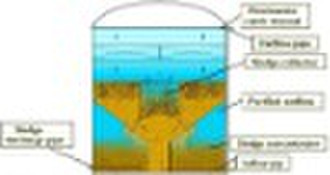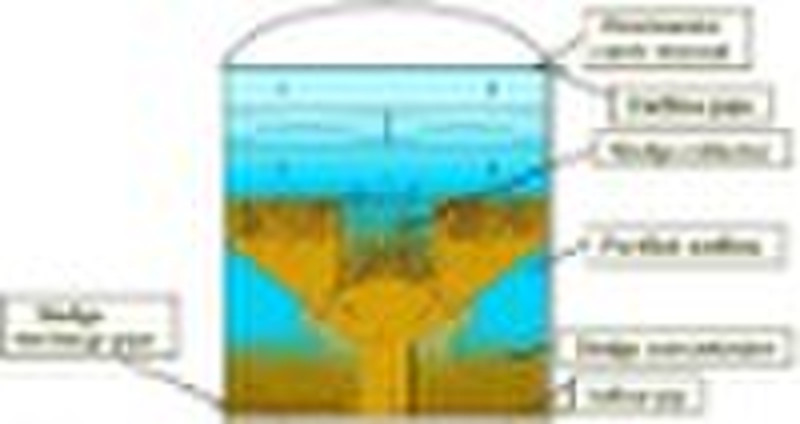Catalog
-
Catalog
- Agriculture
- Apparel
- Automobiles & Motorcycles
- Beauty & Personal Care
- Business Services
- Chemicals
- Construction & Real Estate
- Consumer Electronics
- Electrical Equipment & Supplies
- Electronic Components & Supplies
- Energy
- Environment
- Excess Inventory
- Fashion Accessories
- Food & Beverage
- Furniture
- Gifts & Crafts
- Hardware
- Health & Medical
- Home & Garden
- Home Appliances
- Lights & Lighting
- Luggage, Bags & Cases
- Machinery, Hardware & Tools
- Measurement & Analysis Instruments
- Mechanical Parts & Fabrication Services
- Minerals & Metallurgy
- Office & School Supplies
- Packaging & Printing
- Rubber & Plastics
- Security & Protection
- Service Equipment
- Shoes & Accessories
- Sports & Entertainment
- Telecommunications
- Textiles & Leather Products
- Timepieces, Jewelry, Eyewear
- Tools
- Toys & Hobbies
- Transportation
Filters
Search
Structure diagram of SSF sewage purification equip

James Mo
Contact person
Basic Information
| Place of Origin | Beijing China (Mainland) |
|---|---|
| Brand Name | OTC |
Suspended sludge filtration, or SSF, is a technology and system for wastewater purification. It includes both the physiochemical technology and SSF wastewater purifier (water treatment equipment). According to Stokes’ Law and the theory of orthokinetic aggregation, when wastewater, after adding agents, flows into the bottom of the SSF separation unit, which is specially structured for separation of solid and liquid, there will be pretty strong turbulence as a result of an extreme change in the direction of the wastewater flow. The sludge particles will undergo a process of flocculation, during which particles will grow in size. At the final stage of flocculation, the turbulence will become even stronger, which however will add to ongoing of the process. This is when the mixture reaches the bend and greatly decreases in flowing speed. Flocculation is then completed at the very bottom of the unit. When the sludge particles formed in flocculation go up in the unit, they will experience a slowing speed as their density increases. However, the sludge will reach a homeostasis when a balance is achieved between the weight of particles and the force that keeps pushing them up. The latter exists because the wastewaste that continues to fill the unit from the bottom goes up and pushes up the earlier sludge particles, which may now have started sedimentation. Thus a layer of suspended sludge, which is chemically active, is formed. It is important to note that this layer of suspended sludge is composed of flocs formed by suspended particles in the wastewaste and the coagulant added. As the flocs keep rising in the unit, the lower surface of the sludge will become thicker, while its upper surface will become thinner as the upper layer flows into the sludge collector, driven by the currents of bypassing purified water. This is why the layer of suspended sludge will remain at a certain thickness. The suspended sludge works by, when the coagulated wastewater flows through upward, stopping any suspended colloidal particles, flocs and some of the bacterial thalli that it may contain, based on the combined forces of interfacial physical adsorption, netting catch, electrochemical characteristics and Van Der Waals force. The wastewater that manages to flow through will qualify for the quality index set. Advantages A short, simple and reliable process (in the wastewater treatment system) which takes approximately 40 minutes; Small investment and running cost, as there is no need to replace the filtering material Effective purification (oil≤5mg/L, SS≤3mg/L (1NTU), and median particle diameter≤2μm) No need for complicated backwash. Space-saving
Delivery terms and packaging
Packaging Detail: CONTAINER Delivery Detail: 30DAYS
Port: TIANJIN
Payment term
Letter of credit
-
Payment Methods
We accept:









